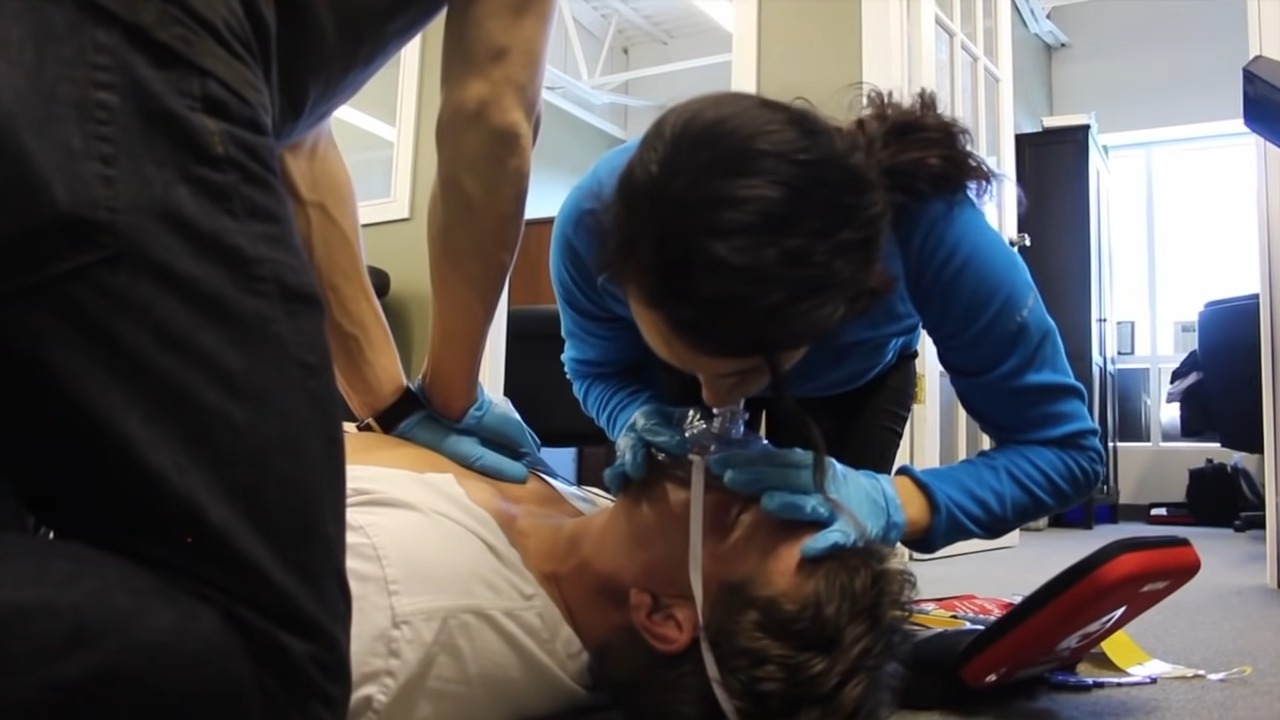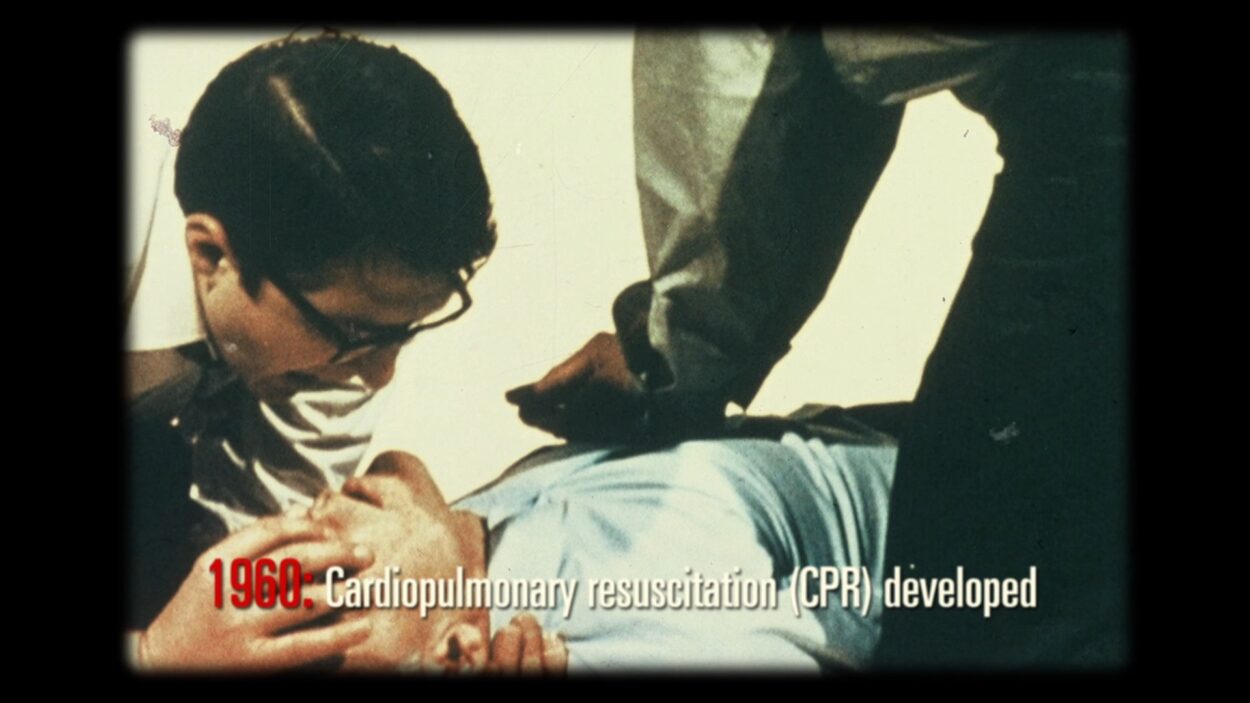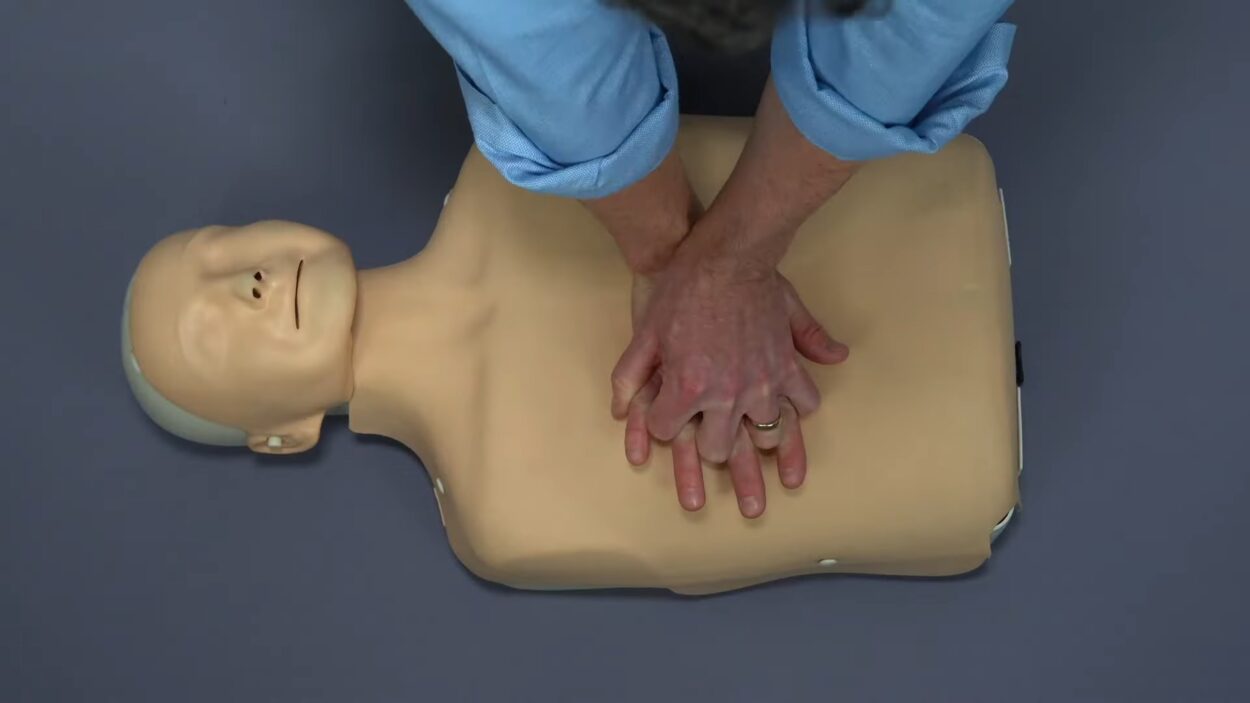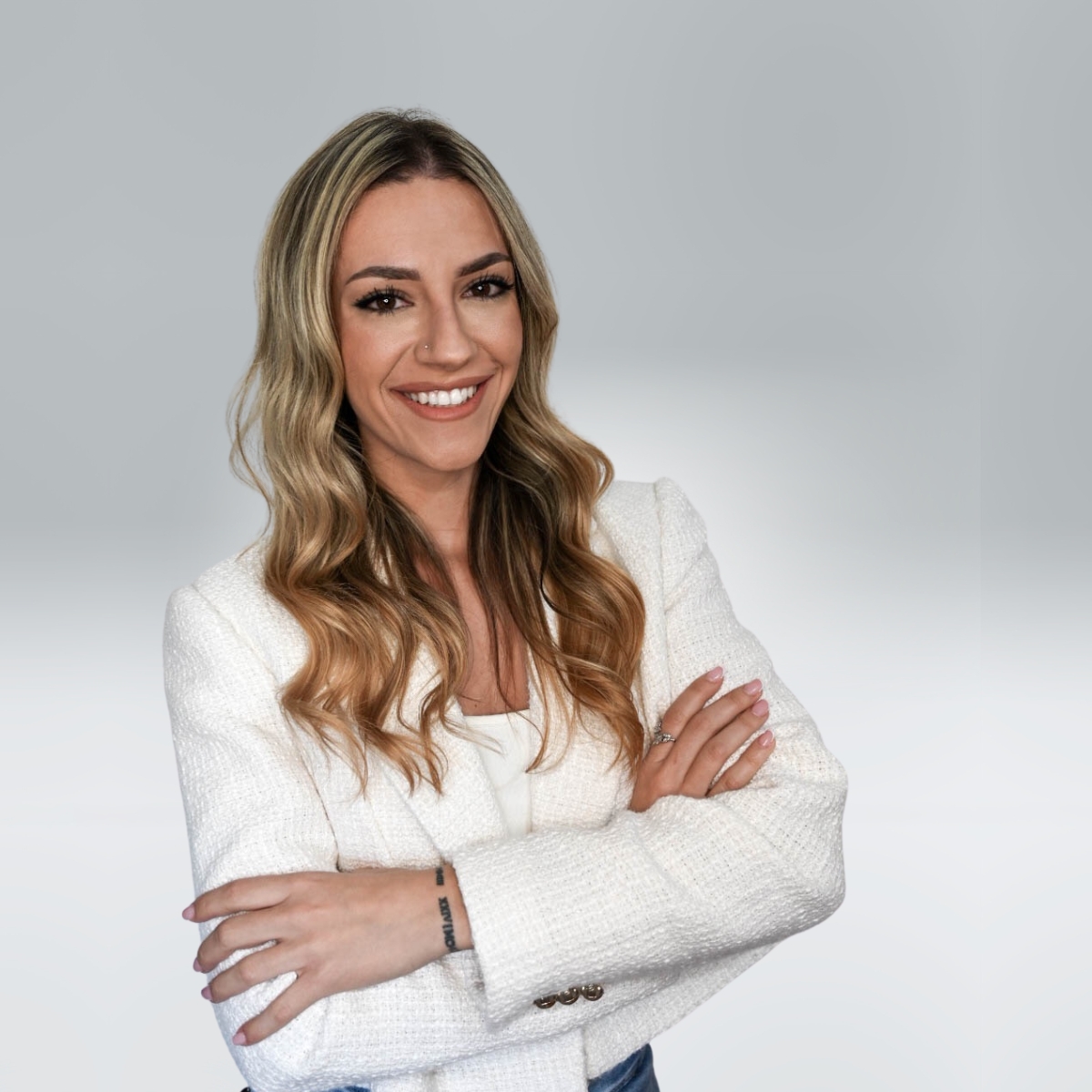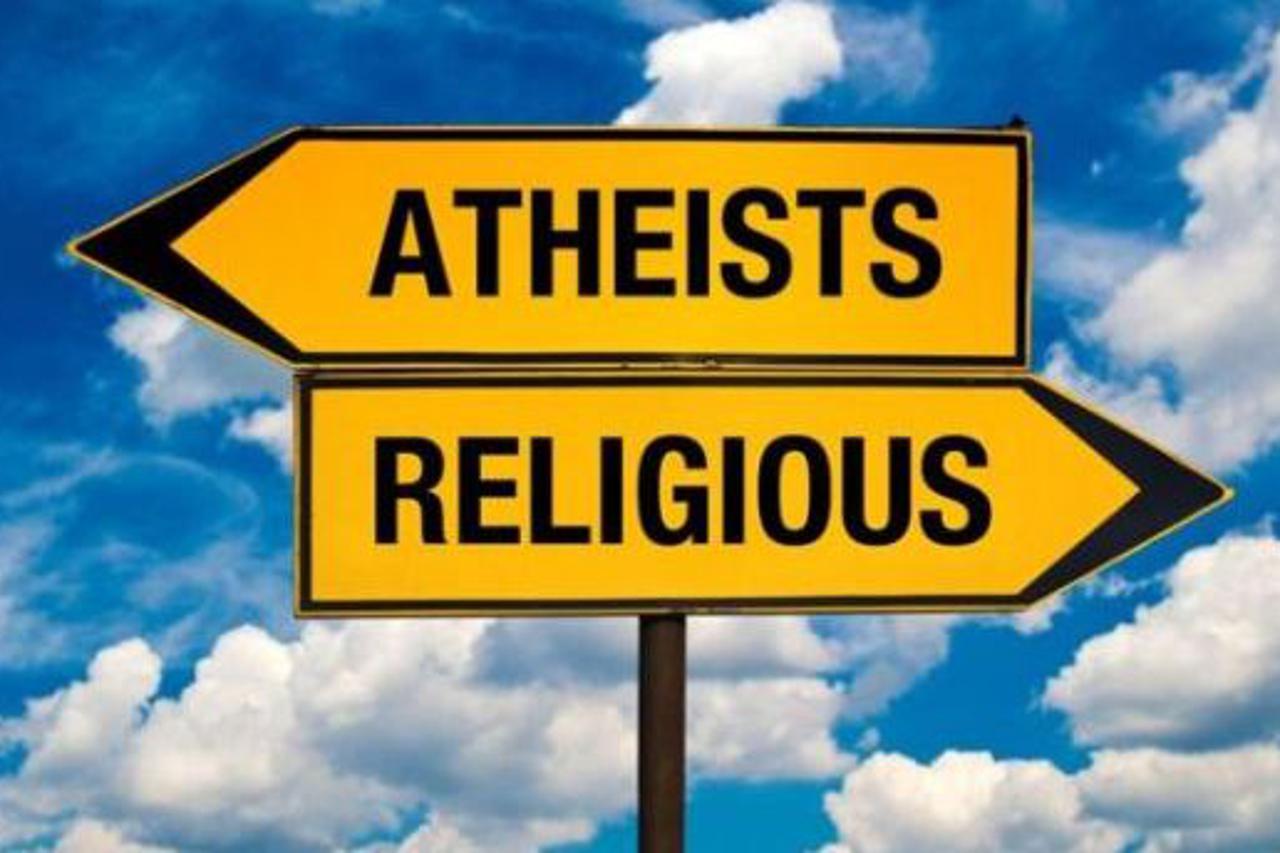Cardiopulmonary Resuscitation, commonly known as CPR, is a vital emergency procedure that combines chest compressions with artificial ventilation to maintain circulatory flow and oxygenation during cardiac arrest. Did you know you could give your dog a CPR?
Understanding its history isn’t just about satisfying curiosity; it’s about appreciating the evolution of a life-saving technique that has been sculpted by time, trial, and scientific inquiry. In this article, we’ll trace the remarkable historical journey of CPR’s invention, exploring how this critical medical intervention came to be.
Ancient Practices of Resuscitation
The quest to reverse the grip of death is as old as civilization itself, with our ancestors engaging in early forms of resuscitation in an attempt to restore breath to those who had ceased to breathe. The annals of history, including texts as venerable as the Bible, reveal that practices akin to mouth-to-mouth resuscitation were employed across a swath of ancient lands, from the sandy expanses of Egypt to the city-states of Greece.
These initial forays into the revival of the stricken were foundational, yet they were often met with limited success. The knowledge of the time, lacking the comprehensive insights provided by various organizations, was not sufficient to fully grasp the complexities of human physiology or the intricacies of the body’s respiratory and circulatory systems.
18th-Century Breakthroughs
The 18th century marked a period of enlightenment in medical science, with resuscitation efforts gaining a more empirical footing. Dr. William Tossach is credited with a documented successful resuscitation using mouth-to-mouth in 1732, employing what was known as the “Silk-Glove Method” to prevent direct contact.
This era also witnessed significant strides in comprehending the circulatory system, laying the groundwork for the sophisticated techniques of modern resuscitation.
The Advent of Modern CPR
Fast forward to the 20th century, the 1950s in particular, when Dr. Peter Safar and Dr. James Elam made strides that would redefine emergency medicine. They championed the “Mouth-to-Mouth” resuscitation technique, proving its superiority over previous methods.
Their work didn’t stop there; they combined it with chest compressions, giving birth to what we recognize today as CPR. This combination proved revolutionary, significantly enhancing the chances of survival after cardiac arrest.
Early CPR Guidelines and Standardization
The establishment of standardized CPR guidelines was a game-changer. In the 1960s, the American Heart Association took the helm, publishing the first CPR guidelines. This period also saw the birth of widespread CPR training programs, empowering not just healthcare professionals but everyday people with the skills to save lives.
The democratization of this knowledge was pivotal, as it recognized the crucial role of immediate response in emergency situations.
Evolution of CPR Techniques
As with any medical technique, CPR has not stood still. It has evolved, becoming more effective as research has deepened our understanding of the best practices in emergency resuscitation. The introduction of Automated External Defibrillators (AEDs) has been particularly noteworthy, enabling even those without medical training to provide potentially life-saving interventions.
The emphasis on high-quality CPR, with the correct depth and rate of chest compressions, has been a focal point of more recent training protocols.
The Impact of CPR on Survival Rates
The efficacy of CPR cannot be overstated, with survival rates for out-of-hospital cardiac arrest significantly improved when bystanders intervene promptly. As of my last update, statistics indicated that CPR can double or triple a person’s chance of survival, especially if performed within the first few minutes of cardiac arrest.
The role of immediate bystander CPR is critical; it has been shown to improve outcomes dramatically, which is why widespread training is so important.
Real-life success stories abound, where quick-thinking individuals with CPR training have saved lives. These stories are not just heartwarming tales but powerful reminders of the potential impact of CPR. They serve as a call to action for more people to learn this vital skill, as the difference between life and death could rest in the hands of any one of us.
CPR Today: Current Practices and Innovations
Today, CPR guidelines are more refined than ever, emphasizing the importance of rapid and forceful chest compressions, with or without rescue breaths. Innovations such as hands-only CPR have made it easier for untrained bystanders to take action in an emergency.
Moreover, technology has stepped in to assist, with mobile apps designed to guide laypersons through the CPR process and even locate the nearest AED.
The push for better CPR training and accessibility continues, with virtual reality and online courses making it more accessible. These innovations are not just about convenience; they’re about equipping as many people as possible with the knowledge and confidence to act when faced with a cardiac emergency.
Global Spread and Adaptation of CPR
The life-saving technique of CPR has transcended its origins, spreading across the globe and adapting to various cultural and logistical environments. International bodies like the American Heart Association collaborate with local health authorities to tailor CPR training to specific needs.
In remote areas, the focus may be on equipping community health workers with CPR skills, while urban centers might prioritize public access to AEDs and training for the general population. This worldwide embrace of CPR underscores its adaptability and the global commitment to saving lives, ensuring that the ability to respond to cardiac emergencies is a shared and accessible asset across communities.
Conclusion
The historical journey of CPR is a narrative of continuous improvement and dedication to saving lives. From the Silk-Glove Method of the 18th century to the sophisticated techniques of today, each chapter in the history of CPR has built upon the last, enhancing our ability to respond to cardiac emergencies. The importance of CPR knowledge and training cannot be overstated; it is a critical skill that has a proven impact on survival rates.
As we look to the future, staying informed and prepared is key. Whether you’re a healthcare professional, a concerned citizen, or someone who simply wants to be ready to help, learning CPR is a powerful step you can take. It’s a skill that embodies hope, the hope that if the moment arises, you can be the one to make a life-saving difference.

